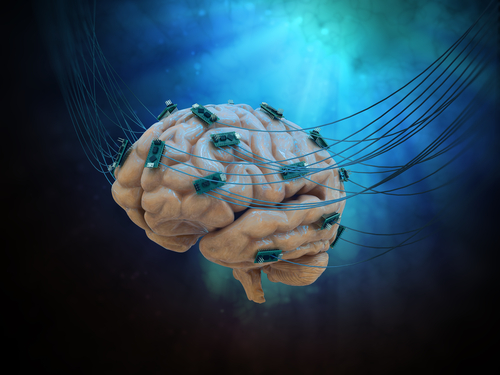Activation of glial cells in the brain, the primary immune cells of our nervous system, may play a key role in fibromyalgia, a study suggests. Modulating these cells could offer a way of treating the disease.
The study, “Brain glial activation in fibromyalgia – A multi-site positron emission tomography investigation,” was published in the journal Brain, Behavior, and Immunity.
Glial cells are often described as the “support cells” of the brain. They don’t send electrical signals like neurons do; instead, these cells are involved in other processes within the central nervous system, such as mediating inflammation.
In part because of this role in inflammation and in immune system activation, glial cells are suggested to be involved in fibromyalgia, a disease whose cause remains elusive. No previous study has directly examined these cells in living people with or without fibromyalgia.
Researchers used positron emission tomography (PET) scans and a specific dye that would bind to activated microglia and astrocytes (two types of glial cells that can be involved in inflammation), making them visible. By examining the images and doing statistical analyses, researchers could determine roughly how many active (inflammatory) glial cells there were in people with or without the disease.
The study enrolled 31 fibromyalgia patients and 21 individuals without fibromyalgia to serve as controls at the Massachusetts General Hospital and the Karolinska Institute in Sweden. The researchers collected demographic and disease data for the patients; then, they imaged their brains.
Investigators found that fibromyalgia patients tended to have more activated glia in a number of brain regions implicated in the disease, including the primary somatosensory cortex, dorsolateral prefrontal cortex, and the middle cingulate cortex.
More activated glia was associated with worse patient-reported fatigue, as assessed by the 2011 American College of Rheumatology self-report survey for fibromyalgia. These data support a role of glia in fibromyalgia, providing the first direct evidence of this in humans.
“Our observations are supportive of a role for neuroimmune/glial activation in FM [fibromyalgia] pathology,” the researchers wrote, adding that study “results conform to a body of clinical data suggesting a possible association between neuroinflammation and FM.”
As mentioned, the dye used binds to two types of glial cells when they’re activated: microglia and astrocytes. In order to gain some insight into whether one cell type or the other is more involved, the researchers analyzed a subset of the participants (11 patients and 11 controls) with a different dye that specifically binds activated astrocytes.
They found no differences here between people with and without fibromyalgia, suggesting that the differences observed above are driven by changes in microglia, not astrocytes. This makes some intuitive sense; microglia are thought to be primarily drivers of brain inflammation and immunity, whereas astrocytes can have a wide range of other functions.
Still, the researchers urge caution in interpreting findings regarding astrocytes, noting that “the absence of a significant effect cannot be used as conclusive proof of no difference, especially with a small sample size as in the current study.”
More studies will be needed to confirm these results. If confirmed, the researchers speculated that their work could pave the way for fibromyalgia treatments that work by targeting these cells. “Future studies will need to test whether glial modulation may be a viable therapeutic strategy for FM,” they wrote.

